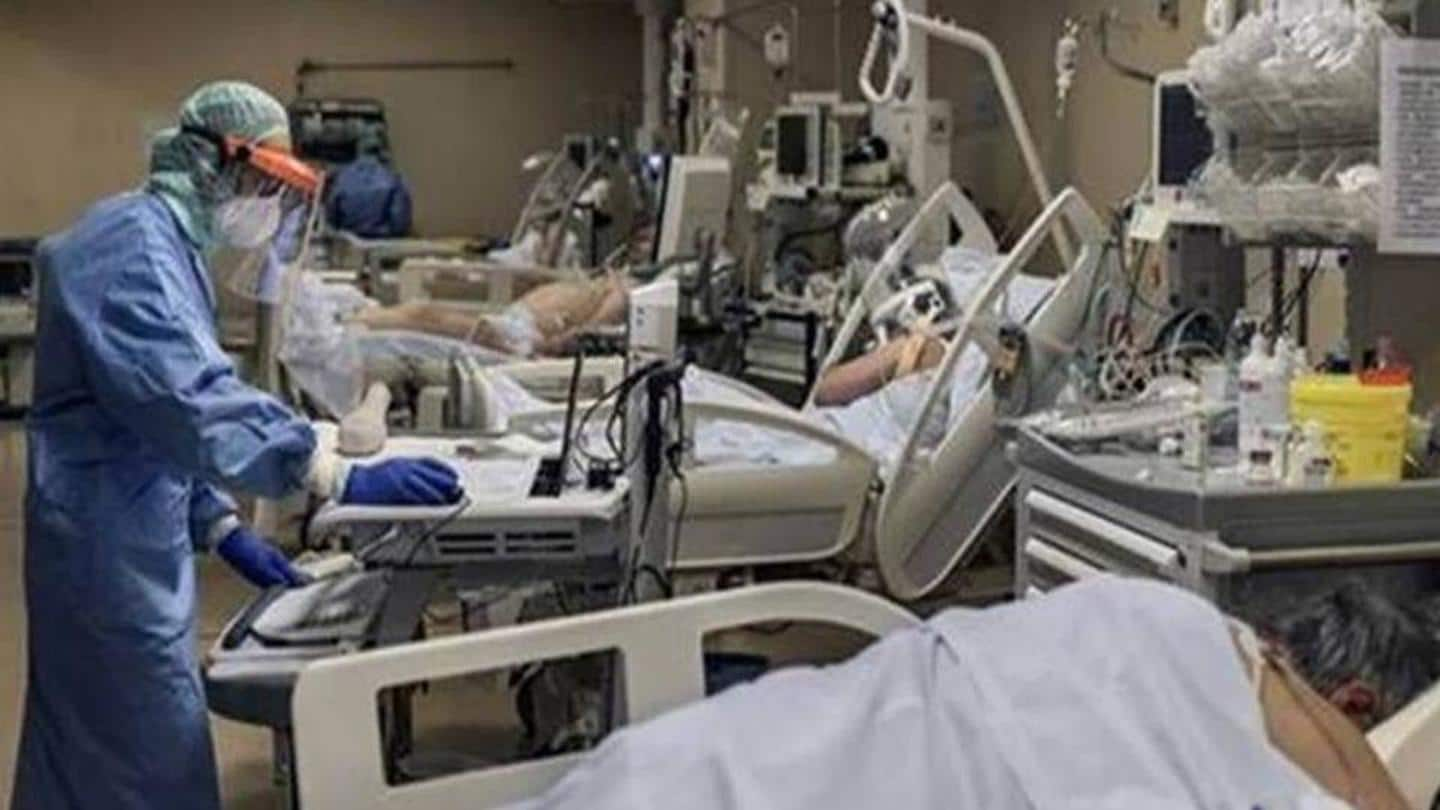
At least one symptom persists six months post coronavirus hospitalization
What's the story
More than three-quarters of COVID-19 patients hospitalized for treatment have at least one ongoing symptom six months after initially becoming unwell, according to a study published in The Lancet journal.
The research looked at the long-term effects of the novel coronavirus infection in 1,733 patients first diagnosed in Wuhan, China between January and May followed by June and September.
Examinations
Questionnaires used during face-to-face interviews to evaluate symptoms
In the study, scientists, including those from Jin Yin-tan Hospital in China, interviewed the patients face-to-face using questionnaires to evaluate symptoms and health-related quality of life.
The discharged patients underwent physical examinations, lab tests, and a six-minute walking test to gauge their endurance levels.
Nearly 400 patients underwent further tests, including an assessment of their lung function, and 94 patients received a follow-up test.
Symptoms
Some of the common persistent symptoms experienced by patients
According to scientists, the most common symptom to persist was muscle weakness (63 percent of cases), with patients also frequently experiencing sleep difficulties (26 percent).
Anxiety or depression was reported among 23 percent of patients.
Since very few follow-up studies have been conducted in recovered patients so far, the scientists said little is known about the long-term health effects of COVID-19.
Information
Severely ill patients often had impaired lung function and abnormalities
The study noted that hospitalized patients who were severely ill more often had impaired lung function and abnormalities detected in chest imaging -- which the scientists believe could indicate organ damage six months after symptom onset.
Effects
'Most patients continue to live with some virus effects'
"Our analysis indicates that most patients continue to live with at least some of the virus effects after leaving hospital, and highlights a need for post-discharge care, particularly those who experience severe infections," said study co-author Bin Cao, from National Center for Respiratory Medicine, China-Japan Friendship Hospital in China.
The scientists found that 76 percent of patients reported one ongoing symptom during follow-up tests.
Information
Impossible to determine if follow-up symptoms were persistent: Researchers
Due to the way the data was analyzed, researchers said it was impossible to determine if symptoms reported during follow-up were persistent following the infection, worsened after recovery, or occurred post-discharge. They believe further work is needed to compare outcome differences between inpatients and outpatients.
Oxygen flow
Health issues reported in the follow-up tests
Patients with more severe illness had reduced lung function, with 56 percent of those who required ventilation support experiencing reduced flow of oxygen.
For patients who required supplemental oxygen therapy and those who did not require it, the researchers said the figures were 29 percent and 22 percent, respectively.
Patients with more severe disease performed worse in the six-minute walking test.